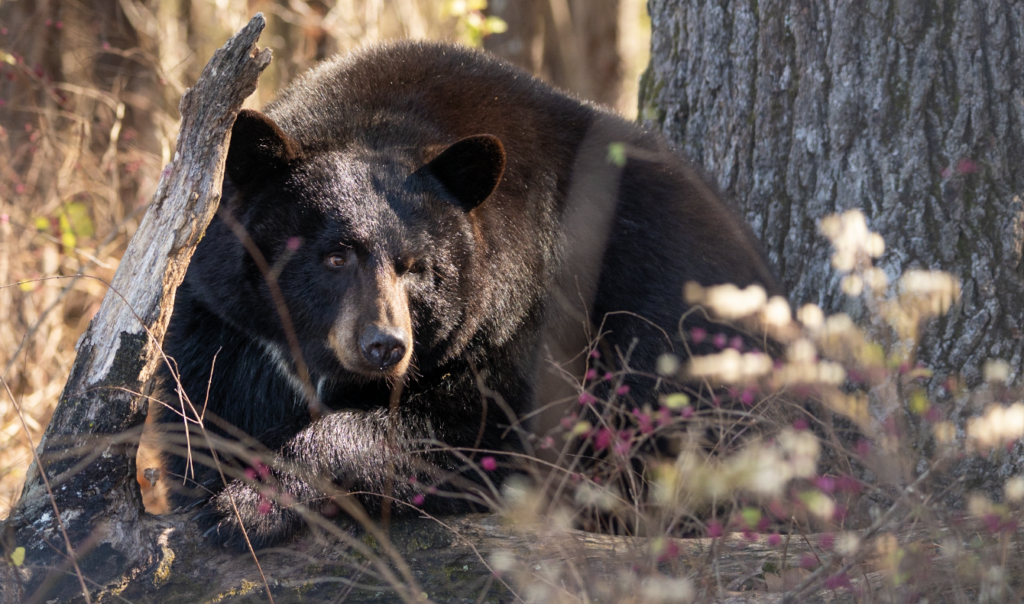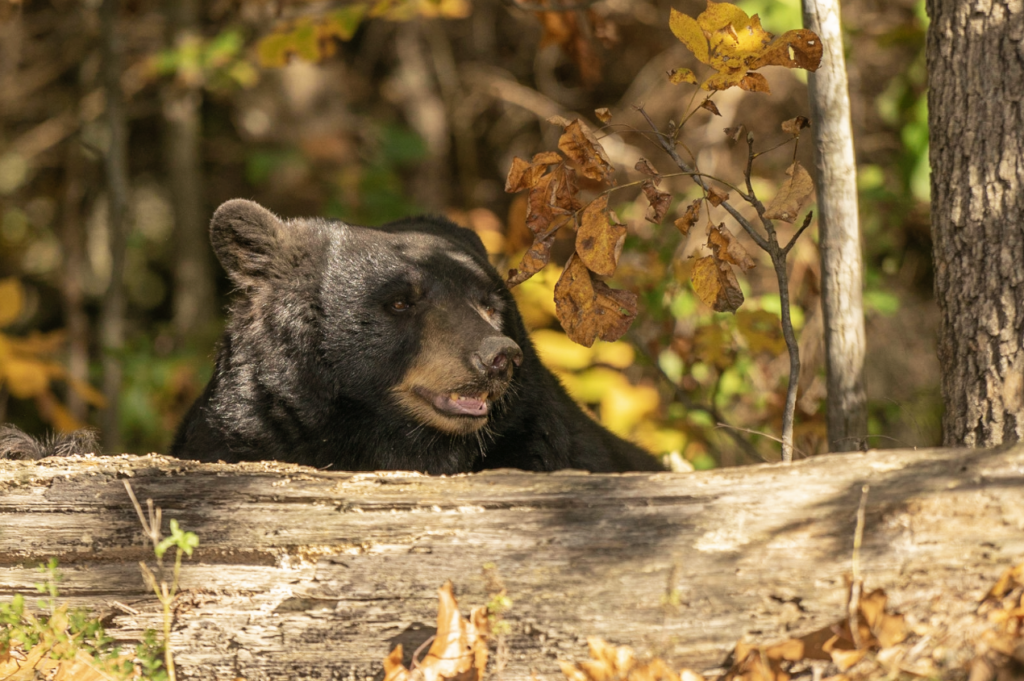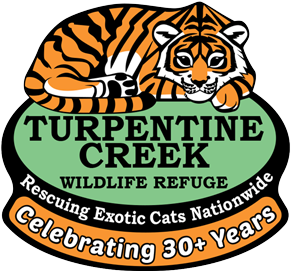
The most common questions we receive from visitors during the winter at Turpentine Creek are “Where are all the bears?” and “Are they hibernating”? This is a very scientific question, and we plan to answer it in today’s blog.
In the animal kingdom, survival often depends on an animal’s ability to adapt to a changing environment. This includes changes to food availability as ecosystems change, as well as the different seasons. Two adaptations that help with the latter include hibernation and torpor. Both terms appear to mean the same thing at a surface level: a time during colder months when animals sleep. However, the two describe two very different physiological states specific to individual animal species.
Hibernation is a prolonged period of inactivity during which an animal’s metabolic rate drops significantly, and its body temperature decreases to match the surrounding environment. This can last for weeks or even months, as animals conserve energy during colder months when food is nearly nonexistent. By entering into a state of deep sleep and dormancy, the animals are more likely to survive the food scarcity and cold temperatures of the winter months. Animals that hibernate include reptiles, amphibians, groundhogs, bees, and some bats.

Other animals, like squirrels, bears (except the polar bear), hummingbirds, skunks, etc., enter a very different physiological state called torpor. During this short-term state of reduced metabolism and decreased body temperature, animals go through brief periods of inactivity lasting from a few hours to several days. In torpor, animals are still responsive to external stimuli and must still find time to forage for food. You may notice that animals like black bears and squirrels can still be seen during the winter months. This is an example of them foraging for food to maintain energy between their states of torpor.
At the Refuge, our black bears enter torpor. We increase their diet during the fall months to allow them to bulk up. During the winter month, we continue their scheduled feeding, and their eating habits depend on their torpor.
One way to understand the difference is to consider hibernation as a much longer, more intense form of torpor. Both states require the animals to eat significantly more before the winter months, bulking up on fat to be used as energy slowly. However, the key difference is that the state of hibernation is much more intense, with drastic decreases in an animal’s temperature, metabolism, and awareness. In conclusion, hibernation and torpor may seem similar but have different physiological states, survival purposes, and behaviors.

